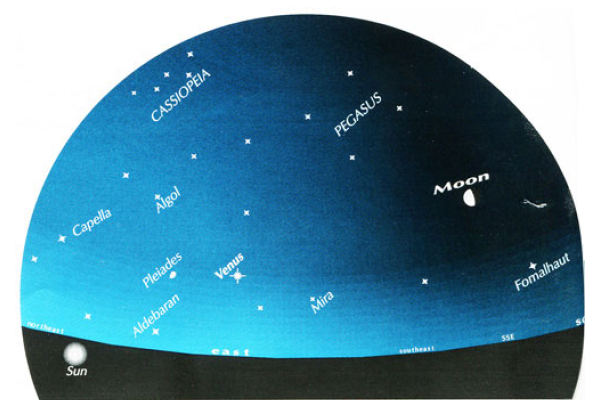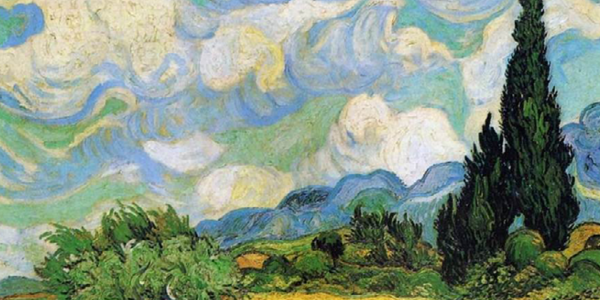Revisiting Vincent van Gogh’s Starry Night
Among Vincent van Gogh’s many masterpieces, few rival the enduring fame of Starry Night. Painted during his stay at an asylum, where he admitted himself following a mental breakdown (famously severing part of his ear), Starry Night depicts the mesmerising night sky from his bedroom window. The most prominent ‘star’ in the scene has since been identified by scientists as the planet Venus. Interestingly, the peaceful village portrayed beneath the swirling sky was a figment of Van Gogh’s imagination, added because he believed the composition required it.

Van Gogh’s Own Doubts
Surprisingly, despite Starry Night’s widespread acclaim today, Van Gogh himself was not entirely satisfied with the painting. In correspondence with his brother Theo, he dismissed much of his work at the time, listing Starry Night among his perceived failures. Theo, however, gently encouraged his brother’s efforts, remarking on the emotional depth he sensed in the moonlit village scene. Unfortunately, Van Gogh would never live to witness the global admiration his work now commands. It was only after his death that his paintings, particularly Starry Night, achieved international renown. Today, the painting resides in New York’s Museum of Modern Art, attracting thousands of visitors each year.
What Makes Starry Night So Captivating?
The enduring appeal of Starry Night lies partly in the complex and tragic narrative of Van Gogh’s life. His struggles with mental health, rejection, and artistic isolation cast him as the quintessential ‘tortured genius’—a misunderstood artist whose brilliance was only fully recognised posthumously. The painting itself, created during one of his most turbulent periods, invites viewers to wonder what thoughts and emotions filled Van Gogh’s mind as he worked.
Unlike many artists of his time who pursued realism, Van Gogh adopted an impressionistic, idealised approach. Rather than capturing scenes with photographic accuracy, he sought to convey the emotions and sensations evoked by a place. This allowed for creative liberties, such as the addition of the large cypress tree dominating the foreground—a recurring motif in his work.

The Symbolism of the Cypress Tree
Cypress trees traditionally symbolise death, suggesting a sombre undertone to the painting. Some interpret the looming tree as a foreboding presence, hinting at mortality or loss. Others see it as a bridge between the earth and the heavens, perhaps reflecting Van Gogh’s more hopeful view of death.
In his own words, Van Gogh once wrote: “Looking at the stars always makes me dream. Why, I ask myself, shouldn’t the shining dots of the sky be as accessible as the black dots on the map of France? Just as we take the train to get to Tarascon or Rouen, we take death to reach a star.” This poetic perspective implies he may have viewed death not as an end, but as a transition to something beautiful and unknown—a journey among the stars.
Mesmerising Brushwork and Colour
Much of Starry Night’s visual power comes from Van Gogh’s bold, swirling brushstrokes and vibrant colour contrasts. His technique blurs the line between abstraction and representation, drawing viewers in to form their own interpretations of the swirling sky and ominous cypress. Yet the painting remains recognisable, offering a new, emotive perspective on the night sky that anyone might witness outside their own window.
Perhaps Starry Night’s most profound appeal lies in its transformation of an everyday scene into something extraordinary. Van Gogh’s ability to elevate a simple night sky into a work of breathtaking beauty encourages us all to view the world with fresh eyes, recognising beauty in the ordinary.
Bring Starry Night Into Your Home
For those who wish to enjoy the timeless beauty of Starry Night within their own living space, the Van Gogh Starry Night MOVA Globe offers a unique and captivating interpretation of this iconic masterpiece, combining art and motion in a truly special way.



